In Hong Kong, another march is set for the afternoon of July 14 as protesters continue on with their demand for the city government to scrap a controversial bill.
Shatin Commons, a community group located in the Sha Tin District in Hong Kong, is the organizer of the march. The march is set for a gathering time of 2:30 p.m. local time at a soccer pitch located at Chui Tin Street, Sha Tin, with the march to begin an hour later.
The organizer has five demands for the Hong Kong government: the complete withdrawal of the bill; a retraction for calling June 12 a “riot”; an independent investigation into police use of force on June 12; the exoneration of individuals previously arrested; and universal suffrage for members of the Legislative Council (LegCo) including the position of chief executive, currently held by the city’s top official Carrie Lam.
The Hong Kong government first proposed the controversial extradition bill in February. If passed, the legislation would allow the chief executive to sign off on extradition requests, including from mainland China, without approval from the city’s legislature.
Many Hongkongers are worried that if such a bill were to pass, Beijing could potentially pressure the city government to hand over citizens of any nationality to face trial in the Chinese regime’s courts under false pretenses.
Protests Expand Beyond Hong Kong Island
The Sha Tin march came a day after another community protest in Hong Kong’s Sheung Shui, which was aimed at taking up domestic issues to widen support for the protests.About 30,000 rallied against the presence of informal mainland Chinese traders in Sheung Shui, a town that is just a short distance from the southern Chinese megacity of Shenzhen, on July 13. These traders have become a local grievance in recent years, sweeping up local goods, particularly baby milk powder, to haul back into China to sell.
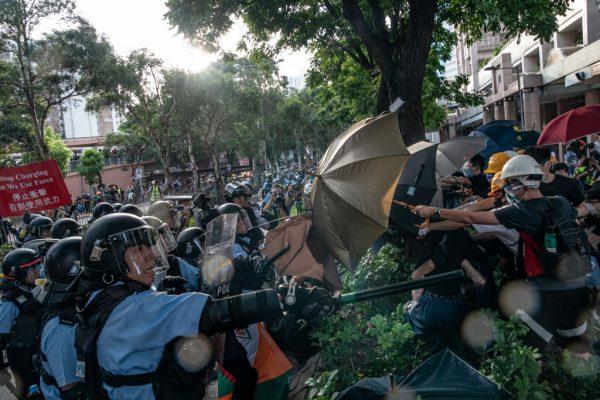
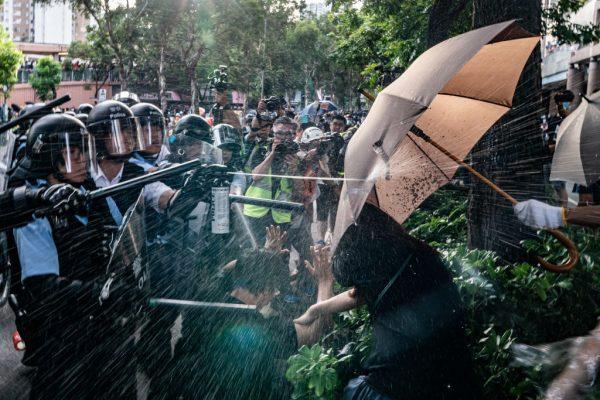
Prior to that rally, there had already been three major protests—a march on June 9 that drew 1.03 million people, a march on June 16 that drew a historic 2 million participants, and another march on July 1 in which over half a million people took part.
U.S. Senator Pat Toomey (R-Pa.) took to the Senate floor on July 9 expressing his concerns about the situation in Hong Kong as well as his concern about Lam’s remarks.
Lee said that in the U.S. House of Representatives, a bill “dies” when it is voted down by either a committee or on the House floor. Additionally, it could also die after not being referred to any committee after the first reading.
In Hong Kong, Lee explained that a bill “dies” when it is voted down during second or third reading at LegCo, or the term of the LegCo ends before the bill is passed, or it is formally withdrawn.
“None of these things have ever happened to the extradition bill,” said Lee, adding that second reading of the bill could still resume.
The debate for the second reading of the bill was suspended on June 12 after hundreds of thousands of protesters surrounded the legislative council building, effectively preventing councillors from entering. Lam announced that the bill was indefinitely suspended on June 15.
Lee concluded: “So the extradition bill’s death is fake—it is very much alive.”
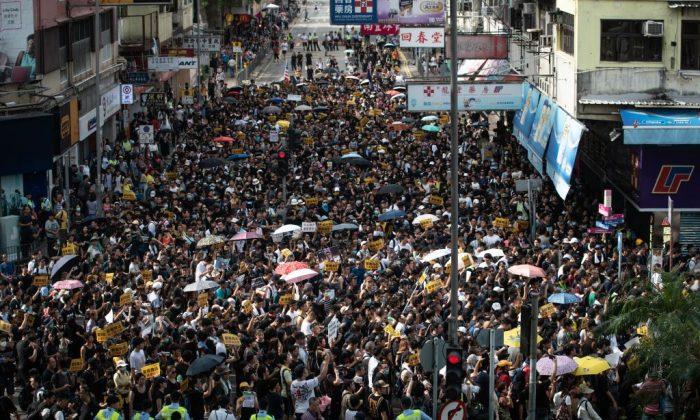

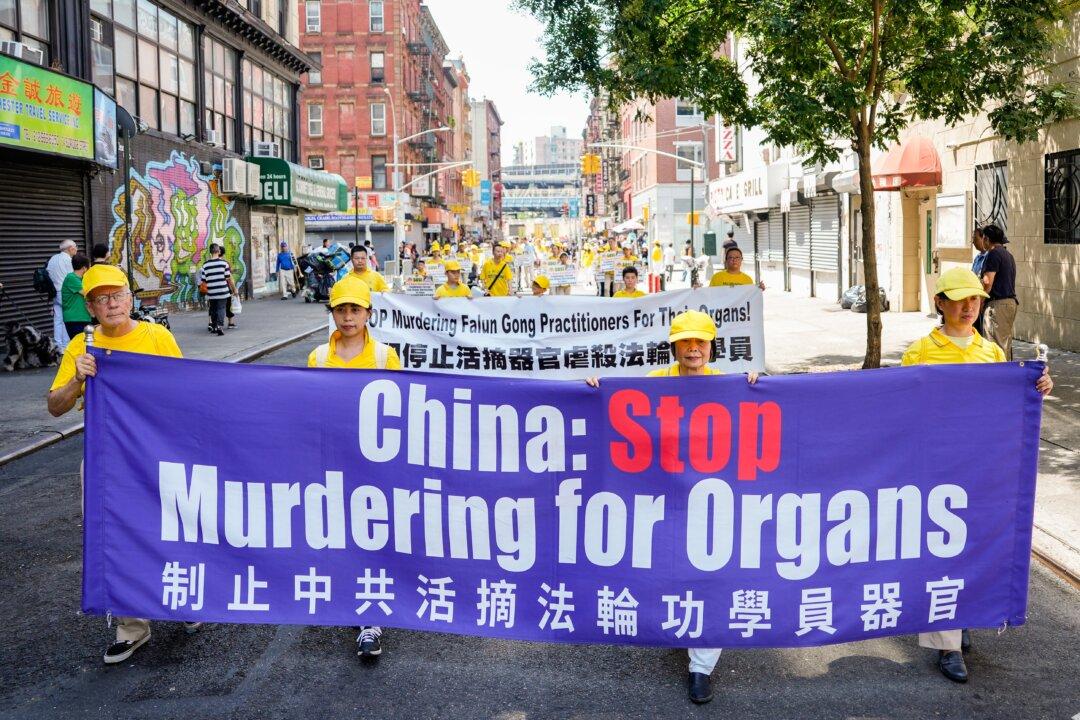
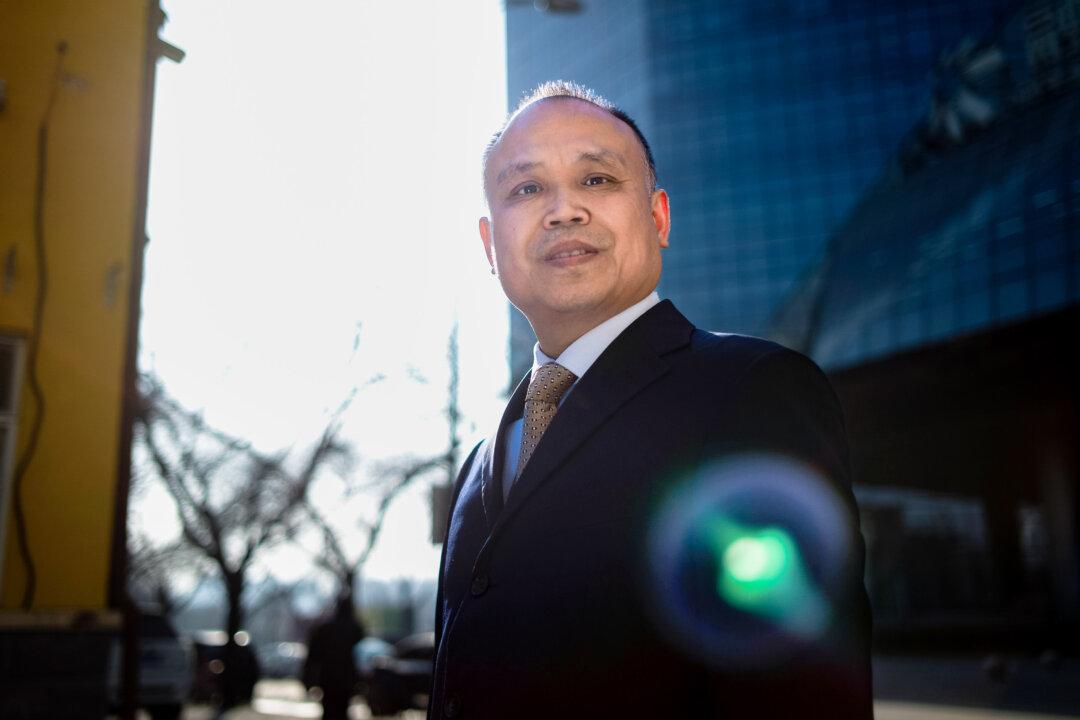

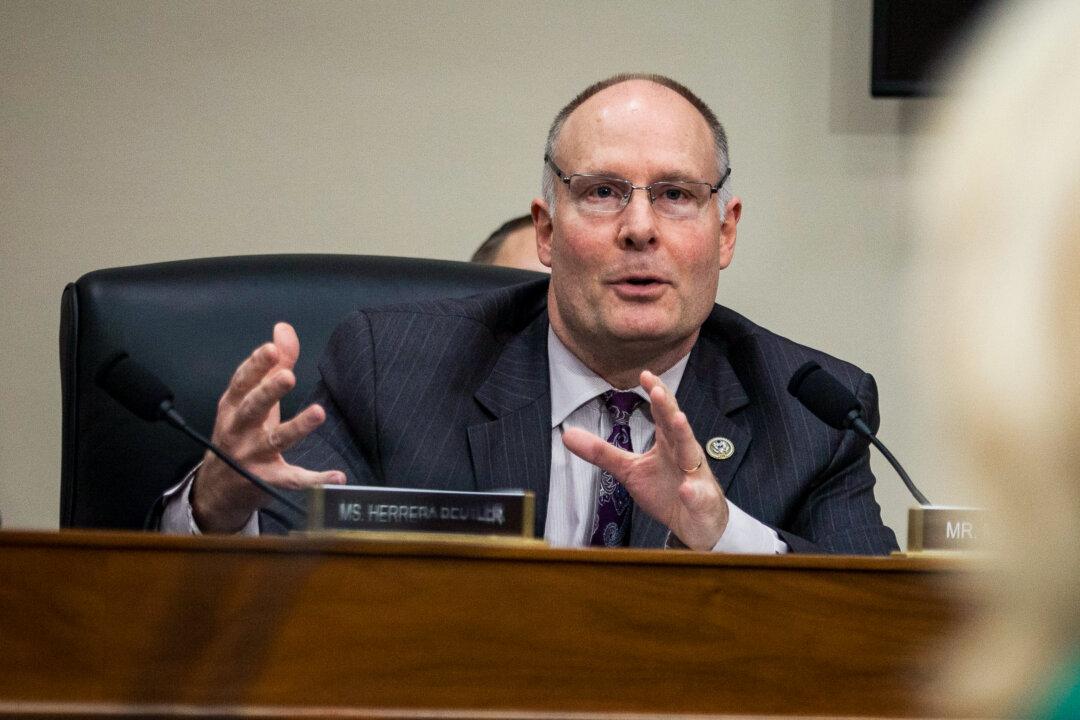
Friends Read Free